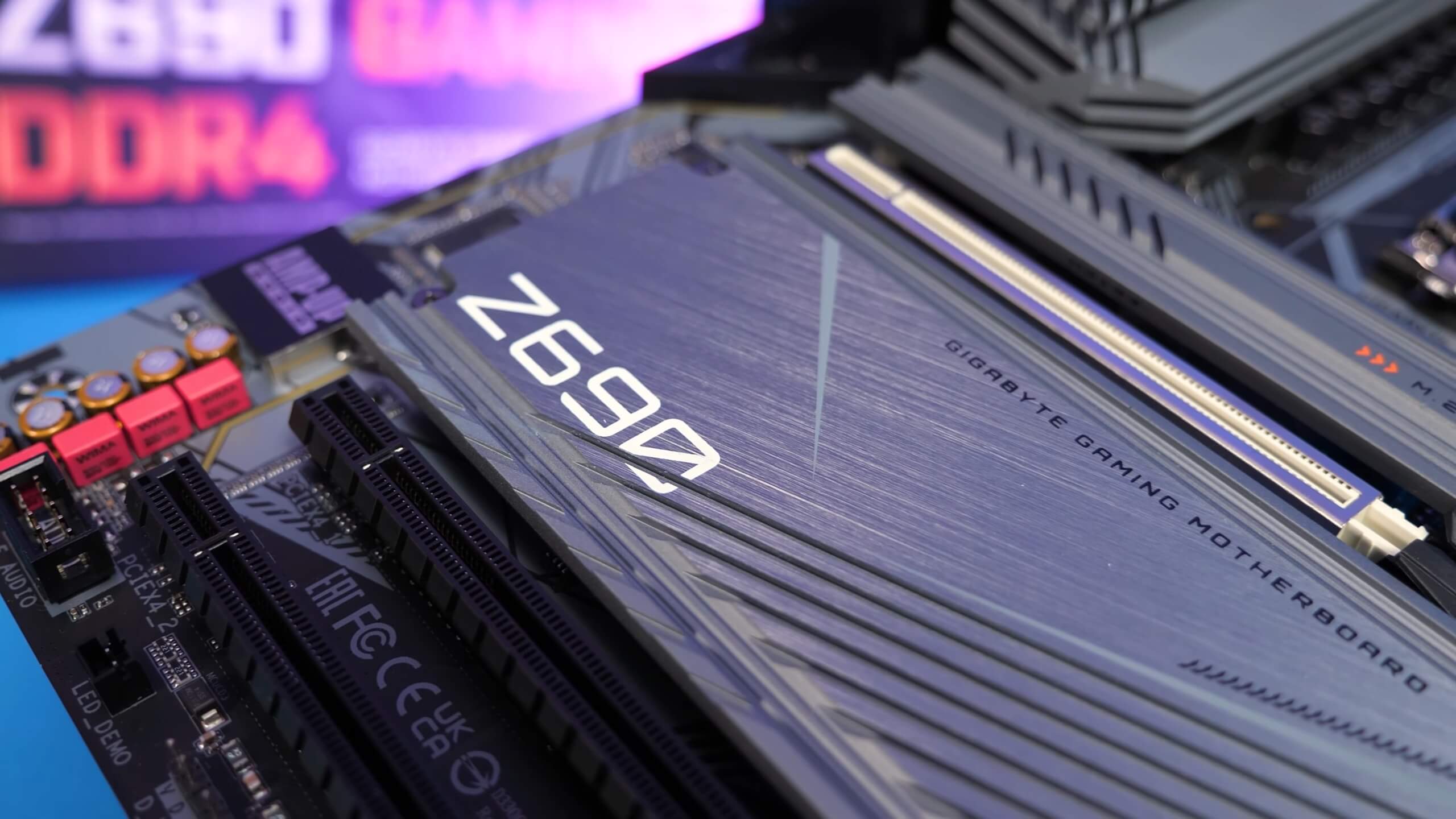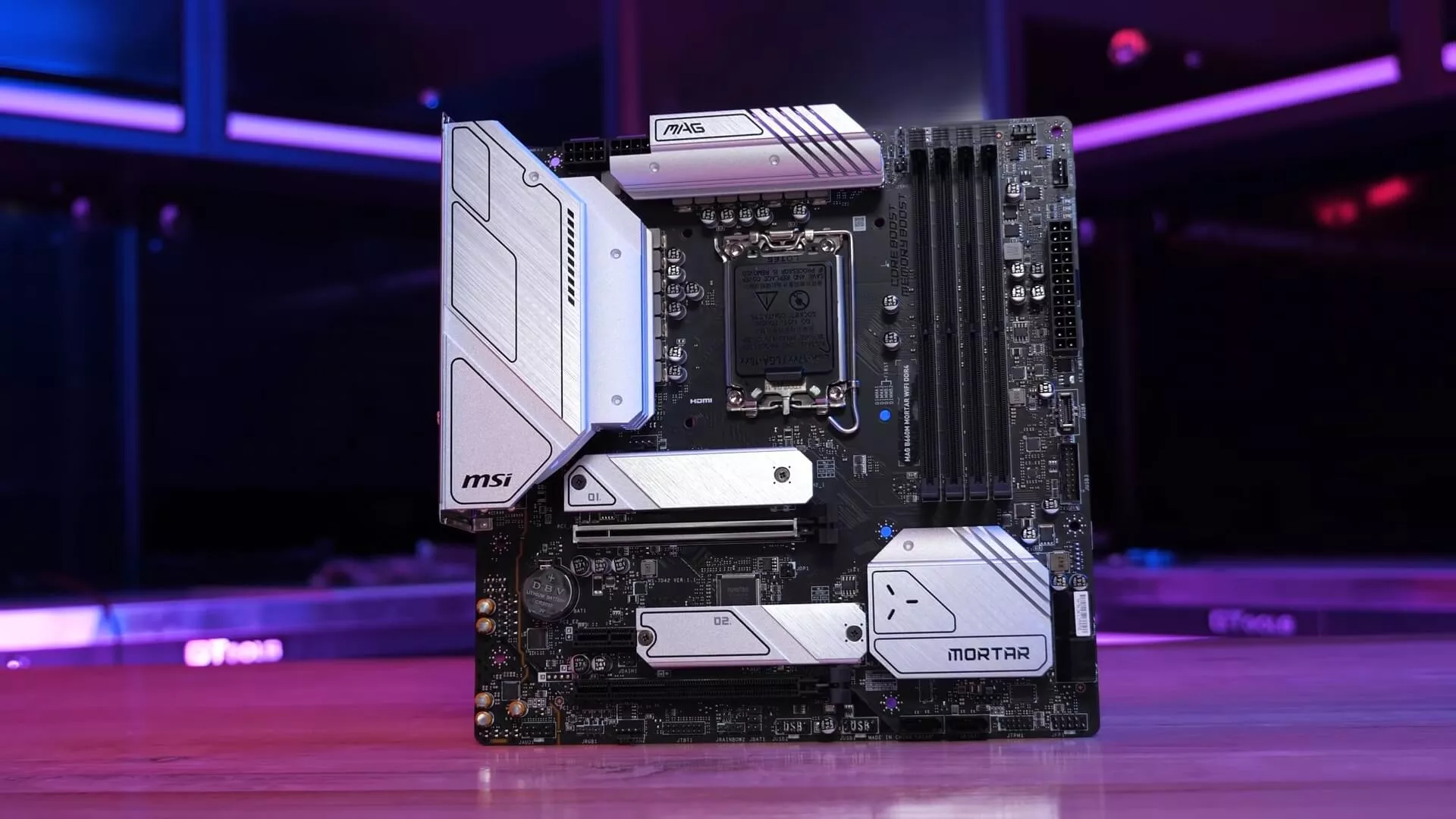What just happened? In the eternal processor war between Intel and AMD, team blue has scored a win—to an extent. German retailer Mindfactory reports that Intel’s motherboard revenue has passed AMD’s for the first time in years, though it still lags behind when it comes to the total number of units sold.

Twitter's TechEpiphany (via Tom’s Hardware) reports that during week 7 of 2022, Mindfactory’s data showed Intel motherboards generated €234,656 (around $266,604) while AMD variants managed €208,236 (~$236,587). That means Pat Gelsinger’s firm was responsible for 53% of Mindfactory’s total mobo sales money, and Lisa Su's company gained a 47% share.
🔥 Mainboard Retail Sales Week 7
— TechEpiphany (@TechEpiphany) February 19, 2022
☝️Intel (revenue) overtakes AMD for first time in years.
AMD: 1590 Units sold, 53.9%, ASP: 130.97 (Euro)
Intel: 1360, 46.1%, ASP: 172.54
AMD revenue: 208'235.85, 47.02%
Intel: 234'655.9, 52.98%#AMD #Intel #AMDRyzen pic.twitter.com/g2Ou5ayI62
Tom’s Hardware notes that the figures are significant because Germany has long been a stronghold for AMD, especially since the launch of its Zen architecture.
It’s also important to note that while Intel did make more money from its motherboards than AMD in week 7, its rival sold more units. Customers bought 1,590 AM4 motherboards that week, while the total number of LGA1151, LGA1200, and LGA1700 boards sold was 1,350 units. That’s still a lot more than what Intel managed over the previous few weeks—consumer LGA 1700 (Z690) boards arrived in November alongside the Alder Lake processors. Moreover, the mainstream Alder Lake chips and H670, B660, and H610 boards only launched in January.

Intel’s mobo revenue was higher thanks to its more expensive motherboards. The average selling price (ASP) for Intel boards in week 7 was €173 ($196), while AMD motherboards' ASP was €131 ($146).
Last week saw Intel unveil its technology roadmap through 2024, including Raptor Lake, Meteor Lake, Arrow Lake, and Lunar Lake. It’s also been a good month for AMD, which surpassed Intel’s market value for the first time ever following its $49 billion all-stock takeover of Xilinx.
https://www.techspot.com/news/93484-german-retailer-sees-intel-motherboard-revenue-surpass-amd.html